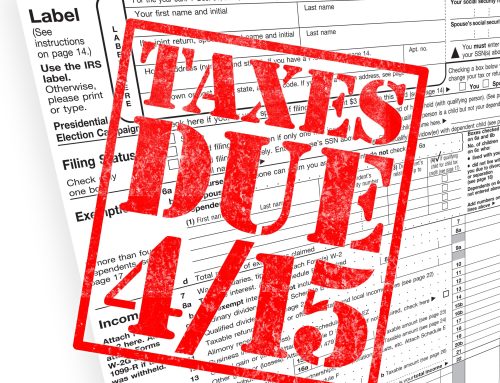Congratulations, you made it to half a century!
Your fifties can be a tumultuous time: Not having to work anymore sounds like a dream, but you might be concerned you don’t have enough saved for retirement. Those concerns definitely aren’t unfounded as 40 million households in America have no retirement savings at all. Additionally, the Federal Reserve found that as of 2016, the median account balance of most retirement assets was only $60,000 with an average of $228,900. Given that healthcare and housing costs alone can easily deplete that amount during retirement, this is a growing concern nationwide.
Your fifties are a crucial period to build up your retirement savings. This is especially true if you didn’t get to save as much when you were younger due to lower earnings, recessions, caring for children, or other roadblocks that prevented you from getting started on a nest egg early. While you may be facing new difficulties such as higher risk if you lose your job and can’t get another one due to ageism, paying for eldercare, or funding your children’s college education, you still must prioritize retirement savings. There are many tax-advantaged savings strategies you can leverage once you reach age 50 or 55 to start catching up to where your retirement contributions should be. Here’s where your money needs to go once you turn 50 and it’s time to get serious about building wealth.
Utilize Catch-Up Contributions with Your Retirement Savings Plan
Most standard retirement plans have a catch-up contribution that kicks in once you turn 50. These catch-up caps are separate of the indexed annual cap on your retirement contributions:
- 401(k), SARSEP, governmental 457(b) plans: $6,000
- 403(b): $6,000 if you have at least 15 years of service
- SIMPLE IRAs and 401(k)s: $3,000 and salary reduction contributions do not count until they reach the annual cap ($13,000 in 2019)
- Traditional and Roth IRAs: $1,000
For example, if you have a 401(k) at work, the cap for 2019 is $19,000 so your total annual contribution can be as high as $25,000 if you are 50 or older. If you have an employer match, you should take advantage of this cap and additional catch-up contribution to maximize your savings as employer matches are the closest you can get to absolutely free money.
Open a Health Savings Account (HSA) and Max It Out
Medical expenses are a cold hard reality at any age, but especially once retirement age approaches. HSAs are tax-advantaged savings plans where the funds grow tax-free, and distributions are also tax-free provided that you had medical bills.
You must be enrolled in a high-deductible health plan, and Medicare enrollees aren’t allowed, so you need to take advantage of this strategy while you are still enrolled in a health plan. For self-only coverage, the minimum deductible is $1,350 and maximum is $6,750 for 2019 ($2,700 and $13,500 respectively for family coverage).
Your contribution limit can vary based on the type of health coverage you have, your age, when you became eligible, and when you’re no longer eligible. Assuming your coverage is consistent, you can contribute up to $3,500 to an HSA if you have self-only coverage ($7,000 for family).
HSAs often function as supplementary retirement assets because you don’t pay any tax on distributions made after you turn 65, or you become permanently and totally disabled. They are frequently overlooked, but you should contribute to an HSA so long as you have a qualified health plan.
Get Long-Term Care Insurance
The need for care is going to be a reality for millions of Americans who may not have much family to help them out in retirement age or don’t want to burden their loved ones. Keep in mind that 70% of Americans over 65 end up needing long-term care. If you don’t already have long-term care insurance, you need to start comparing rates now. Some policies are even bundled with life insurance, or act as a hybrid of the two insurances, if you want to ensure that your loved ones will be cared for if anything happens to you sooner.
If you are self-employed, you can deduct your long-term care insurance premiums. Some states also offer tax benefits regardless of employment, such as New York, Idaho, and Indiana. For federal tax purposes, you can deduct long-term care insurance premiums as a medical expense exceeding 10% of your adjusted gross income, although the 2018 tax reform has vastly reduced the number of taxpayers who itemize.
Entering your fifties can feel like a pivotal transition. No matter how much saving and preparing you were able to do earlier in your life, there is still plenty of time (and you have many options) for “catching up” or continuing to improve your financial position for the long-term.







